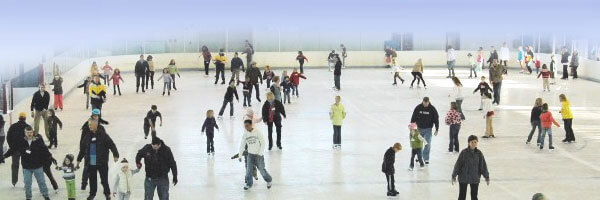Coaching Disciplines
DEFINITIONS OF COACHING DISCIPLINES
- USFSA Basic Skills
- Fundamental movements and basic skills for beginners of all ages.
- See USFSA Skate-With-U.S. program.
- Ballet
- It’s no shock that most professional athletes use ballet in their training.
- It improves coordination, balance, strength, posture, and flexibility.
- Anyone can take classes and exercises are fairly easy on your knees and back.
- Choreography
- A Freestyle arrangement of steps that connect technical jumps/spins to create body movement, to interpret a music selection.
- Dance Set pattern of steps to prescribed music, incorporating timing, musicality (expression, posture), rhythm structure and skills.
- Free Skate or Freestyle
- Combines the technical elements found in figure skating with creativity and movement to music.
- Ice Dancing
- A discipline of figure skating which draws from the world of ballroom dancing.
- Ice dancers skate as a couple consisting of a man and a woman. Ice dance differs from pair skating by having different requirements for lifts, requiring spins to be performed as a team in a dance hold, and by not allowing throws and jumps.
- Ice dancers must always skate to music that has a definite beat or rhythm. Singles and pair skaters more often skate to the melody rather than its beat.
- Ice Hockey
- A team sport with fast skating movements, edges, quick turns and stops.
- Requires a considerable investment in protective equipment.
- An exciting sport for all ages.
- Interpretive Skating
- Creativity & movement to music, emphasizing performance over technical.
- Moves-in-the-Field (MIF)
- Skating movements, edges and turns on a pattern without music.
- It replaced “Figures.”
- Power Skating
- Enables skaters to develop stamina and control on the ice.
- Especially desirable for those interested in competing or testing in figure skating or playing ice hockey.
- Synchronized Skating
- The team sport in figure skating.
- Each team is composed of 8 or more skaters at different skating and age levels.
- It tends to emphasize Interpretive Skating skills.







